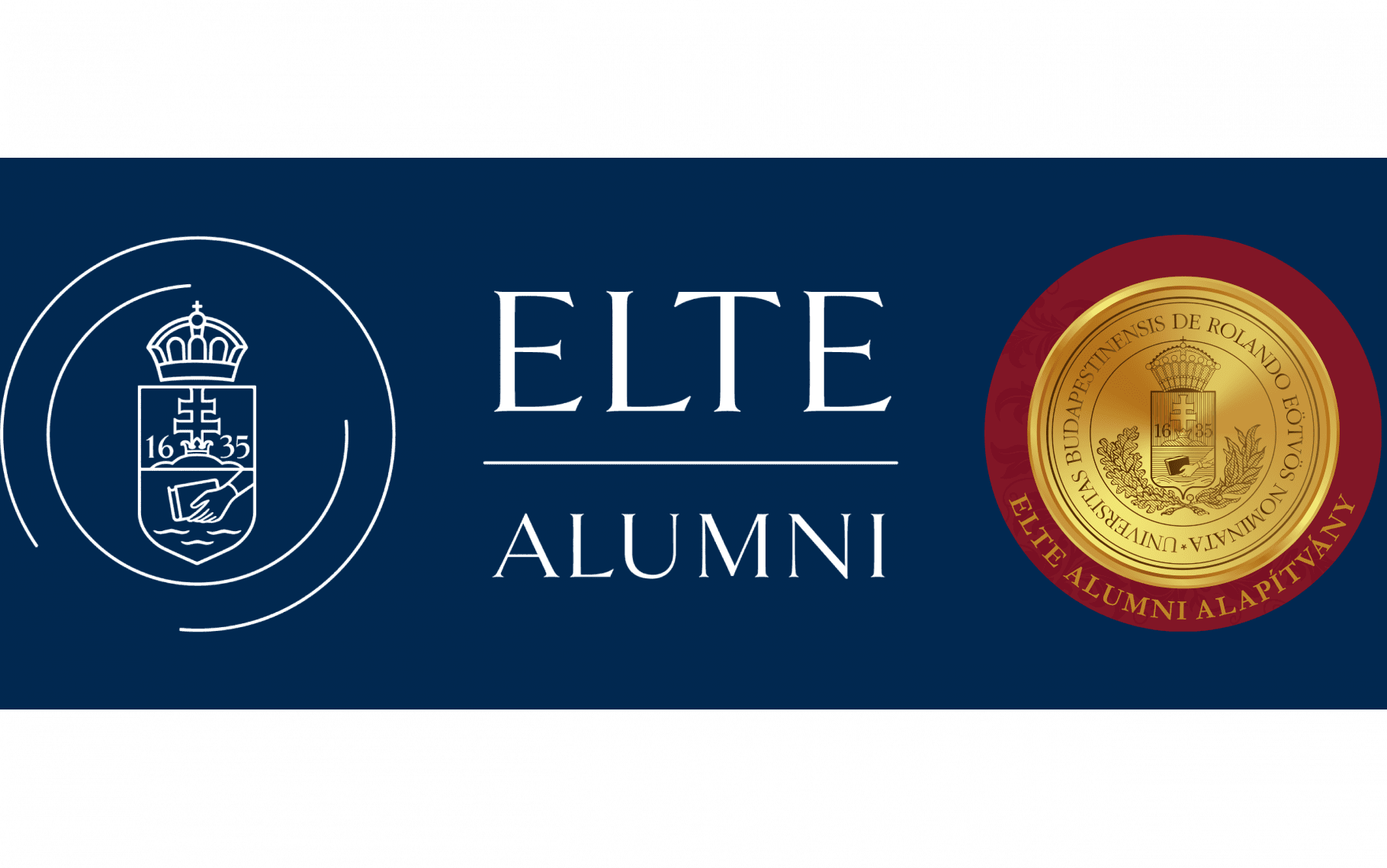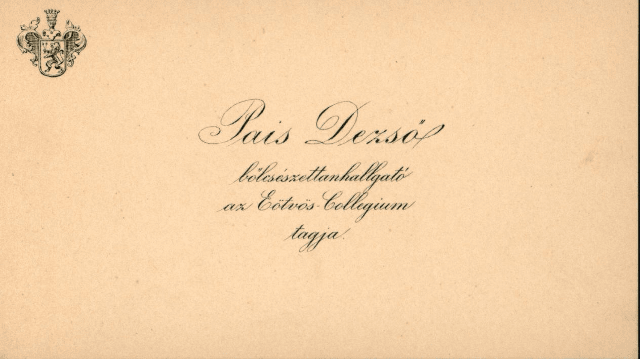MOSAICS FROM THE THE HERITAGE OF ELTE
Object of the month – Drawings and notes made at the Eötvös Collegium by Dezső Pais
Dezső Pais was born in Zalaegerszeg in 1886, and he attended secondary school in Zalaegerszeg, then graduated as a teacher of Hungarian, Latin and Greek at the Budapest University as a member of the József Eötvös Collegium.
His years at the Collegium were decisive for him. Until 1911 the Collegium had been working in the spacy flat assigned to them in the building of the Kerkápoly Foundation at Csillag Street. Dezső Pais remembered: ”Before, during and after my membership the Collegium was situated under 2 Csillag Street, today Pál Gönczy Street. The neighbourhood: the Central Market Hall with stores, shops, warehouses for exotic fruits, carts, trolleys, porters, mongers, noise, smells, with a bakery at the court, and the constant concert of the baker’s men, etc. – it was not the most comfortable and attractive dwelling and living area. A group of withered and not really exhilarating trees thriving in the tiny ground surrounded by the block bordered by the Csillag – Pipa – Vámház – Lónyay Streets added a certain scenic element to the youth moving up and down the open corridors, and using the air for breathing, and conversations not always of high standard. And this building at Csillag Street, or rather a part of it, with its narrow rooms and undecorated walls, with its in many ways ugly and disturbing environment offered a home, where it was possible to work as much as one could, a home providing ample possibilities for satisfying the emotional needs of the youngsters in the institution – as a powerful refutation of Taine’s milieu theory which we were very interested in at that time.” [Source: manuscript of an interview with Dezső Pais in 1971, ELTE University Library and Archives, University Archives, 404.a.]
After his graduation he had engaged in research in linguistics at the archives of Zalaegerszeg, then he became a grammar school teacher in Sopron, Cegléd and finally in Budapest. From 1924 he was teaching at the Hungarian Royal Péter Pázmány University. He worked as a teacher of the Eötvös Collegium between 1933 and 1937. From 1937 till 1959 he was the leader and professor of the Department of Hungarian Linguistics. From 1928 he was a co-editor, and from 1943 the only editor of the journal entitled Magyar Nyelv (Hungarian language). He served as a member of several committees affiliated with the academy, the university or the ministry. He dealt with almost all branches of linguistics, however, his favourite fields were the etymology and history of words. It was him who systematised the theory of Hungarian onomatology. The interpretation of language relics was another field he was active in. He was not only transferring the intellectual heritage of his predecessors to his students, but established a school as a scholar and a teacher as well. He died fifty years ago, on the 6th of April 1973.
Written by Krisztina Tóth; Translated by Éva Orbán
Source/author of illustration: ELTE University Library and Archives

Comments0
Please log in to see or add a comment
Suggested Articles



